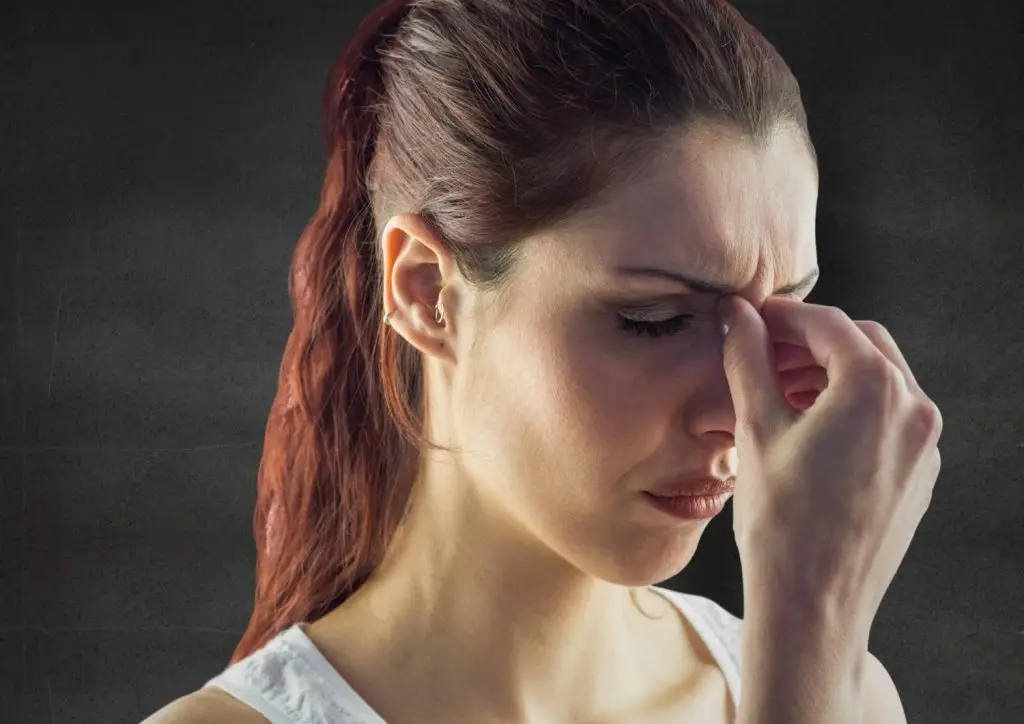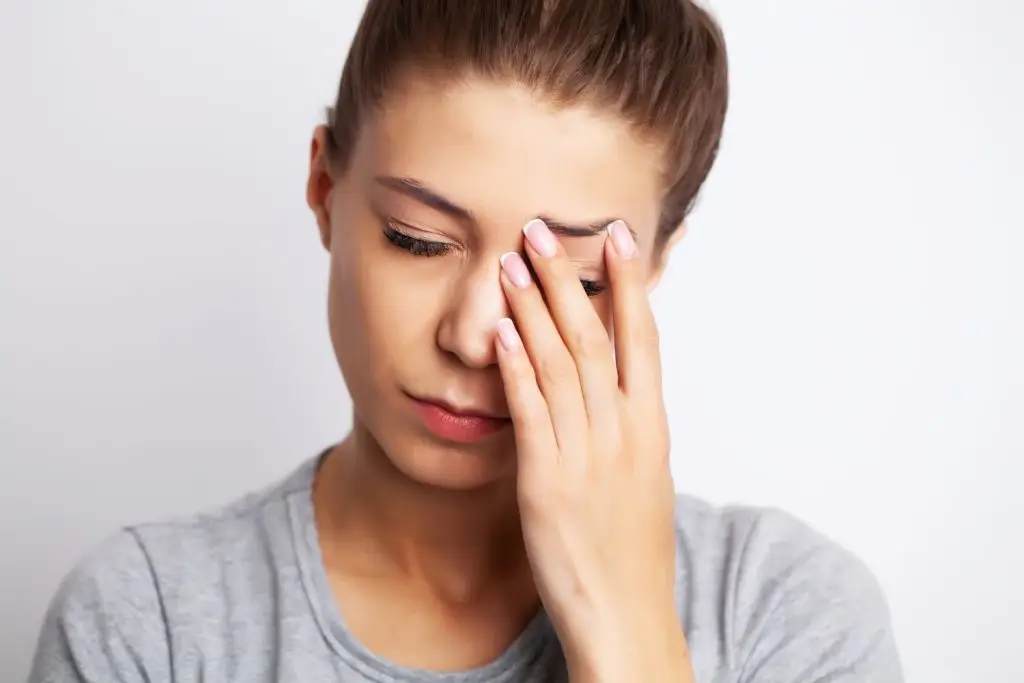
טיפות דמעות – מה זה ולמה משתמשים בהן?
טיפות דמעות הן תמיסות רפואיות או קוסמטיות שמטרתן להקל על
Pain in one eye is not just a physical injury; This is an experience that can significantly affect a person's quality of life. This type of pain can vary in intensity, duration and nature, and may be accompanied by other symptoms such as redness, swelling or visual disturbances. The eye, an extremely sensitive and complex organ, requires immediate attention in times of distress. Ignoring symptoms or delaying treatment can lead to serious consequences, which may affect vision permanently. Therefore, understanding the various aspects of unilateral eye pain, from its causes to its treatment options, is essential. This article aims to provide a comprehensive overview, offering important insights to sufferers of this condition and those interested in the field of eye health.

Before delving into the specifics of pain in one eye, it is essential to understand the anatomy of the eye. The eye is a complex organ, equipped with various structures that work in harmony to capture and process visual information. The outermost layer is the cornea, a transparent structure that helps focus incoming light. Behind the cornea is hidden the aqueous fluid, a fluid that maintains intraocular pressure and provides nutrients to the eye. The iris, the colored part of the eye, controls the size of the pupil, and consequently, the amount of light that enters the eye.
Deeper in the eye is the lens, which adjusts the focus, and allows us to see clearly at different distances. The vitreous body, a transparent gel-like substance, fills the space between the lens and the retina, maintains the shape of the eye and allows light to pass through the retina. The retina, a layer of light-sensitive cells at the back of the eye, captures light rays and converts them into electrical signals. These signals travel through the optic nerve to the brain, where they are interpreted as images.
Understanding the anatomy of the eye is essential when discussing pain in one eye, as each component can be affected by different conditions, leading to pain and other symptoms. With this basic knowledge, we can explore the common causes, diagnostic approaches, and treatment options for pain in one eye.
Pain in one eye can be due to a variety of reasons, from minor irritations to serious medical emergencies. Understanding these causes is essential for effective diagnosis and treatment.
Surface problems: Common causes of eye pain include foreign bodies in the eye, such as dust or eyelashes, which can cause irritation. Scratches on the cornea, scratches on the surface of the eye, are another common cause. These can result from direct trauma or from rubbing the eye aggressively.
Infections and inflammations: the eye can be affected by various infections and inflammatory conditions. Conjunctivitis, known as pink eye, can cause redness, itching and pain. Uveitis, an inflammation of the middle layer of the eye, can lead to severe pain and changes in vision. Scleritis, the inflammation of the sclera (the white part of the eye), often presents with deep, severe pain and possibly decreased vision.
Glaucoma: This group of eye diseases can lead to pain in one eye due to increased pressure inside the eye. Acute angle-closure glaucoma is a medical emergency and can cause severe pain, redness and blurred vision.
Neurological causes: some of the causes of eye pain are related to the nervous system. Optic neuritis, an inflammation of the optic nerve, can cause painful vision loss. Severe headaches that appear in clusters or cycles can also cause severe pain around one eye.
A thorough diagnostic approach is essential to determine the underlying cause of pain in one eye. This process usually begins with a comprehensive history of the patient and a detailed examination.
Initial assessment: The care provider will begin by taking a thorough history, and will ask about the nature of the pain, related symptoms and any potential injury or exposure to irritants. An acuity test is often performed to determine if the pain has affected vision.
Advanced diagnostic techniques: Additional tests may be needed to pinpoint the cause of the pain
A comprehensive diagnostic approach ensures that the underlying cause of pain is correctly identified, leading to effective treatment and management of the condition.

The treatment and management of pain in one eye depends significantly on the underlying cause. A tailored approach, which often includes a combination of drugs, treatments or surgeries, is essential for relief and effective recovery.
Treatment of surface factors: For minor irritations such as foreign objects or corneal abrasions, treatment may include washing the eye or allowing it to heal naturally under close supervision. In cases of corneal abrasions, antibiotic eye drops can be prescribed to prevent infection.
Treatment of infections and inflammations: Bacterial infections are usually treated with antibiotic eye drops or ointments. Viral infections, such as those that cause conjunctivitis, usually go away on their own, although antiviral drugs may be needed in severe cases. Inflammatory conditions such as uveitis or scleritis often require corticosteroids to reduce inflammation, either in the form of eye drops, injections, or oral medications.
Glaucoma management: Glaucoma treatment is aimed at reducing intraocular pressure. Medicines in the form of eye drops or oral pills are often the first line of treatment. In some cases, laser treatment or surgery may be needed to improve drainage of the aqueous fluid from the eye.
Dealing with neurological causes: Treatment of optic neuritis may include steroids to reduce inflammation. For headaches or migraines, specific medications can be prescribed to treat the headache or prevent its occurrence.

While professional medical care is essential, home care plays a significant role in the recovery and prevention of eye pain.
Basic tips for eye care:
When to seek professional help:
Prevention of eye injuries:
By combining professional medical care with diligent home care and preventative measures, people can effectively treat pain in one eye while maintaining their vision and overall eye health.

Chronic eye pain is not just a physical disease; It can also have profound psychological effects. The continued discomfort and potential threat to one's vision can lead to a variety of emotional reactions, including anxiety, stress and depression. The fear of losing independence or the ability to perform daily tasks can be particularly distressing.
People with chronic eye pain may experience:
It is essential that the care provider recognizes these psychological aspects and offers comprehensive care that addresses both the physical and emotional well-being of the patients. Support systems, including counseling, support groups, and stress management techniques, can be valuable resources for people dealing with the psychological impact of chronic eye pain.
Pain in one eye is a condition that requires attention, not only because of the potential physical consequences but also because of the psychological impact it may have. Understanding the various causes, from superficial irritations to more serious conditions such as glaucoma or neurological problems, is essential for effective diagnosis and treatment. The treatment and management of eye pain requires a tailored approach, with a combination of medical interventions and home care methods.
Moreover, recognizing and addressing the psychological aspects of chronic eye pain is essential. Providing support, understanding and comprehensive care can make a significant difference in the lives of the victims.
As our understanding of eye health continues to advance, it is important to stay informed and vigilant. Quick intervention and appropriate treatment can not only preserve vision but also improve the overall quality of life. Whether you are someone dealing with this condition or a healthcare professional, recognizing the complexity of eye pain and the importance of a holistic approach to care and support is key.

טיפות דמעות הן תמיסות רפואיות או קוסמטיות שמטרתן להקל על

ויטמין C הוא אחד הוויטמינים החיוניים ביותר לבריאות העיניים, הודות

מרכז מומחים לאבחון וטיפול מתקדם בתסמונת העין היבשה ומחלות פני שטח העין















